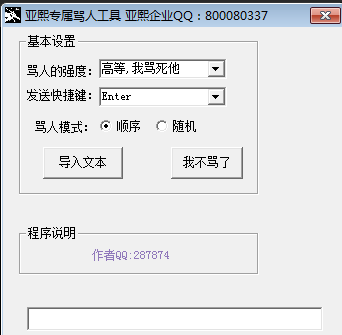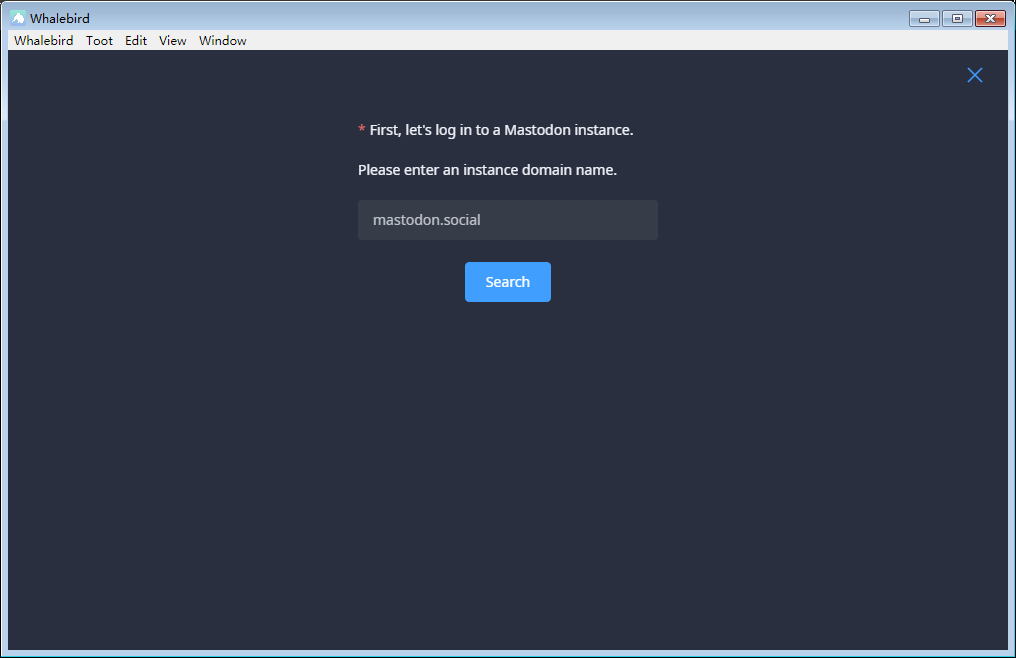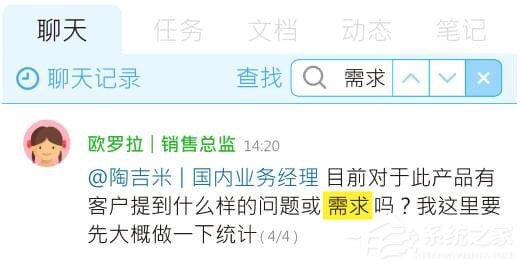SQL Server -- 自定义函数(学习总结,备忘)
时间:2022-03-10 17:20
SQL Server自定义函数,以前只在书上看过,没有动手去敲一敲,今天刚好接触到,看了几篇博文学习了下。做好备忘很重要!! (@_@)Y
Learn from:http://www.cnblogs.com/lideng/archive/2013/04/15/3022418.html
自定义函数分为:标量值函数或表值函数两种。
- 标量值函数:如果 RETURNS 子句指定一种标量数据类型,则函数为标量值函数。
- 表值函数:如果 RETURNS 子句指定 TABLE,则函数为表值函数。
表值函数又分为两种:内嵌表值函数(行内函数)或多语句函数
- 如果 RETURNS 子句指定的 TABLE 不附带列的列表,则该函数为内嵌表值函数。
- 如果 RETURNS 子句指定的 TABLE 类型带有列及其数据类型,则该函数是多语句表值函数
自定义函数的基本格式如下:


--简单赋值 declare @a int set @a=5 print @a --使用select语句赋值 declare @user1 nvarchar(50) select @user1=‘张三‘ print @user1 declare @user2 nvarchar(50) select @user2 = Name from ST_User where ID=1 print @user2 --使用update语句赋值 declare @user3 nvarchar(50) update ST_User set @user3 = Name where ID=1 print @user3View Code
- 表格相关的一些语句


--创建临时表1 create table #DU_User1 ( [ID] [int] NOT NULL, [Oid] [int] NOT NULL, [Login] [nvarchar](50) NOT NULL, [Rtx] [nvarchar](4) NOT NULL, [Name] [nvarchar](5) NOT NULL, [Password] [nvarchar](max) NULL, [State] [nvarchar](8) NOT NULL ); --向临时表1插入一条记录 insert into #DU_User1 (ID,Oid,[Login],Rtx,Name,[Password],State) values (100,2,‘LS‘,‘0000‘,‘临时‘,‘321‘,‘特殊‘); --从ST_User查询数据,填充至新生成的临时表 select * into #DU_User2 from ST_User where ID<8 --查询并联合两临时表 select * from #DU_User2 where ID<3 union select * from #DU_User1 --删除两临时表 drop table #DU_User1 drop table #DU_User2 --创建临时表 CREATE TABLE #t ( [ID] [int] NOT NULL, [Oid] [int] NOT NULL, [Login] [nvarchar](50) NOT NULL, [Rtx] [nvarchar](4) NOT NULL, [Name] [nvarchar](5) NOT NULL, [Password] [nvarchar](max) NULL, [State] [nvarchar](8) NOT NULL, ) --将查询结果集(多条数据)插入临时表 insert into #t select * from ST_User --不能这样插入 --select * into #t from dbo.ST_User --添加一列,为int型自增长子段 alter table #t add [myid] int NOT NULL IDENTITY(1,1) --添加一列,默认填充全球唯一标识 alter table #t add [myid1] uniqueidentifier NOT NULL default(newid()) select * from #t drop table #t --给查询结果集增加自增长列 --无主键时: select IDENTITY(int,1,1)as ID, Name,[Login],[Password] into #t from ST_User select * from #t --有主键时: select (select SUM(1) from ST_User where ID<= a.ID) as myID,* from ST_User a order by myID --定义表变量 declare @t table ( id int not null, msg nvarchar(50) null ) insert into @t values(1,‘1‘) insert into @t values(2,‘2‘) select * from @tView Code
- 循环语句


--while循环计算1到100的和 declare @a int declare @sum int set @a=1 set @sum=0 while @a<=100 begin set @sum+=@a set @a+=1 end print @sumView Code
- 条件语句


--while循环计算1到100的和 declare @a int declare @sum int set @a=1 set @sum=0 while @a<=100 begin set @sum+=@a set @a+=1 end print @sumView Code
- 游标


declare @ID int declare @Oid int declare @Login varchar(50) --定义一个游标 declare user_cur cursor for select ID,Oid,[Login] from ST_User --打开游标 open user_cur while @@fetch_status=0 begin --读取游标 fetch next from user_cur into @ID,@Oid,@Login print @ID --print @Login end close user_cur --摧毁游标 deallocate user_curView Code
- 触发器


--创建触发器 Create trigger User_OnUpdate On ST_User for Update As declare @msg nvarchar(50) --@msg记录修改情况 select @msg = N‘姓名从“‘ + Deleted.Name + N‘”修改为“‘ + Inserted.Name + ‘”‘ from Inserted,Deleted --插入日志表 insert into [LOG](MSG)values(@msg) --删除触发器 drop trigger User_OnUpdateView Code
- 存储过程


--创建带output参数的存储过程 CREATE PROCEDURE PR_Sum @a int, @b int, @sum int output AS BEGIN set @sum=@a+@b END --创建Return返回值存储过程 CREATE PROCEDURE PR_Sum2 @a int, @b int AS BEGIN Return @a+@b END --执行存储过程获取output型返回值 declare @mysum int execute PR_Sum 1,2,@mysum output print @mysum --执行存储过程获取Return型返回值 declare @mysum2 int execute @mysum2= PR_Sum2 1,2 print @mysum2View Code
- 自定义函数


--新建标量值函数 create function FUNC_Sum1 ( @a int, @b int ) returns int as begin return @a+@b end --新建内联表值函数 create function FUNC_UserTab_1 ( @myId int ) returns table as return (select * from ST_User where ID<@myId) --新建多语句表值函数 create function FUNC_UserTab_2 ( @myId int ) returns @t table ( [ID] [int] NOT NULL, [Oid] [int] NOT NULL, [Login] [nvarchar](50) NOT NULL, [Rtx] [nvarchar](4) NOT NULL, [Name] [nvarchar](5) NOT NULL, [Password] [nvarchar](max) NULL, [State] [nvarchar](8) NOT NULL ) as begin insert into @t select * from ST_User where ID<@myId return end --调用表值函数 select * from dbo.FUNC_UserTab_1(15) --调用标量值函数 declare @s int set @s=dbo.FUNC_Sum1(100,50) print @s --删除标量值函数 drop function FUNC_Sum1View Code
SQL Server -- 自定义函数(学习总结,备忘),布布扣,bubuko.com



























